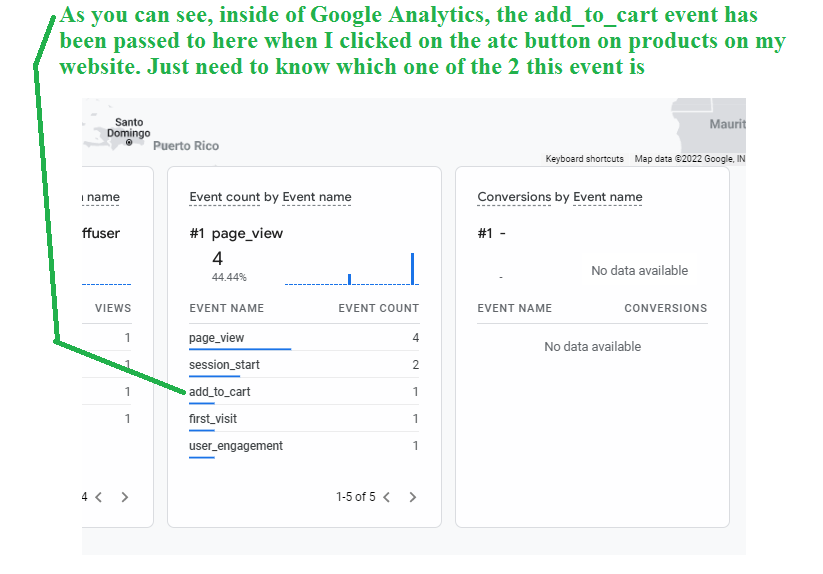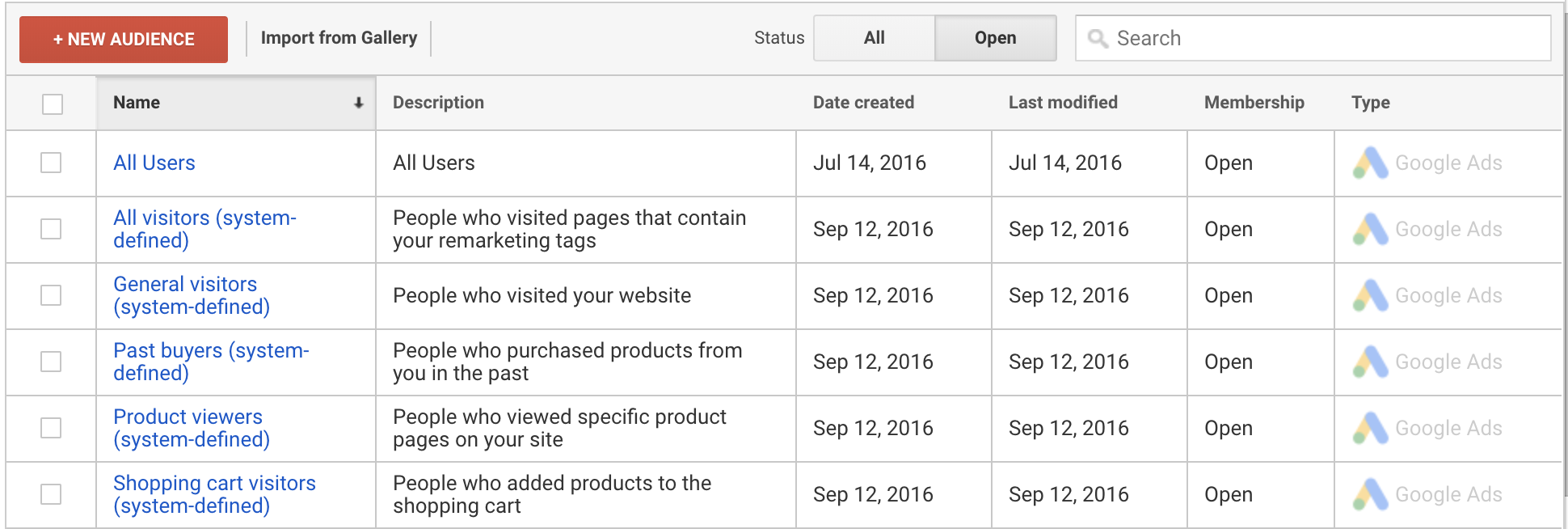How to Take Advantage Of Remarketing In Google Analytics for Your Service
How to Take Advantage Of Remarketing In Google Analytics for Your Service
Blog Article
Optimize Your ROI With Remarketing in Google Analytics
By utilizing the power of user information and tailoring advertisements to certain audience sections, services can considerably amplify their conversion rates. The journey to maximizing ROI through remarketing is a nuanced path led with insights and possibilities that can reshape the trajectory of your advertising and marketing endeavors.
Recognizing Remarketing in Google Analytics
Understanding remarketing in Google Analytics is crucial for maximizing your digital advertising and marketing method. Remarketing permits you to target individuals that have previously seen your site or interacted with your application, providing them with customized advertisements as they browse other websites or use other applications within the Google Display Network. This technique aids keep your brand top of mind and motivates customers to return to your website, inevitably enhancing the probability of conversion.
By utilizing Google Analytics, you can track the performance of your remarketing projects, acquiring valuable understandings right into customer habits, involvement, and conversions. This data enables you to fine-tune your bidding, targeting, and messaging strategies to improve the total effectiveness of your projects.
Additionally, understanding the various kinds of remarketing lists available in Google Analytics, such as basic, dynamic, and similar target markets, enables you to develop extremely fractional and personalized projects tailored to details individual segments. This degree of granularity can dramatically improve the significance and influence of your remarketing initiatives, ultimately maximizing your return on financial investment.
Establishing Remarketing Checklists
To efficiently implement remarketing campaigns in Google Analytics, the first step entails creating and configuring remarketing listings targeting particular user sectors based on their communications with your web site or app. By establishing up remarketing listings, you can customize your marketing initiatives to get to customers who have currently revealed passion in your solutions or products.
To begin, navigate to the Admin area of your Google Analytics account and choose the Building where you want to develop the remarketing list. Under the Building column, click on 'Audience Definitions' and pick 'Audiences.' Next off, click on the red 'New Audience' switch and choose 'Create New' to specify the parameters for your remarketing checklist.

Crafting Reliable Remarketing Ads

When crafting your advertisements, emphasis on creating eye-catching headlines and compelling visuals that stand out to possible customers. Integrate strong calls-to-action that encourage users to revisit your site visit site and finish a preferred action. Use vibrant remarketing to show individualized advertisements including products or services that individuals have formerly checked out on your site.
Additionally, make sure that your advertisements are mobile-friendly given that a significant part of net website traffic originates from smart phones. Test different advertisement variants to recognize which messages and layouts drive the most effective results. By continuously refining and maximizing your remarketing advertisements based upon efficiency data, you can optimize their efficiency and enhance your return on investment.
Studying Remarketing Efficiency

Via Google Analytics, marketing professionals can track the performance of their remarketing projects in real-time, allowing them to recognize trends, patterns, and locations for improvement promptly. By examining the data, marketing experts can identify which advertisements are carrying out well, which target market sections are reacting positively, and which channels are driving one of the most conversions. This level of granularity makes it possible for online marketers to make data-driven choices to enhance their remarketing projects for better outcomes.
Optimizing ROI With Remarketing
Assessing remarketing data in Google Analytics makes it possible for online marketers to determine opportunities for maximizing return on investment (ROI) with critical changes - What Is “Remarketing” In Google Analytics?. To take full advantage of ROI with remarketing, it is crucial to comprehend the habits of your target market. By analyzing individual interactions, such as the pages they went to, the items they viewed, or the actions they handled your website, you can customize your remarketing projects better
Segmenting look at this site your audience based on their habits enables you to produce tailored and targeted ads that are most likely to reverberate with them. By showing appropriate advertisements to details sections of your target market, you can raise the chances of conversion and eventually boost your ROI.
Additionally, checking different ad creatives, messaging, and deals can aid determine what reverberates ideal with your target market. A/B testing enables you to explore different aspects of your ads to determine what drives the greatest engagement and conversion rates.
Conclusion
In final thought, making the most of ROI with remarketing in Google Analytics requires a tactical method to analyzing user behavior, segmenting target markets, creating customized ads, and optimizing project performance. By leveraging data-driven insights and examining various strategies, organizations can enhance their remarketing initiatives to drive higher involvement and conversion rates. This methodical method ensures that sources are successfully assigned towards making the most of returns on investment in remarketing projects.
Next, click on the red 'New Target market' button and select 'Develop New' to define the criteria for your remarketing list.
By continually refining and enhancing your remarketing ads based on performance information, you can maximize their effectiveness and enhance your return on financial investment.
By diving into these understandings, marketing professionals can gain a thorough understanding of exactly how their remarketing initiatives are reverberating with their target audience and driving conversions. To take full advantage of ROI with remarketing, it is crucial to comprehend the behavior of your audience.In conclusion, optimizing ROI with remarketing in Google Analytics needs a strategic approach to evaluating customer behavior, segmenting target markets, producing tailored advertisements, and optimizing project efficiency.
Report this page